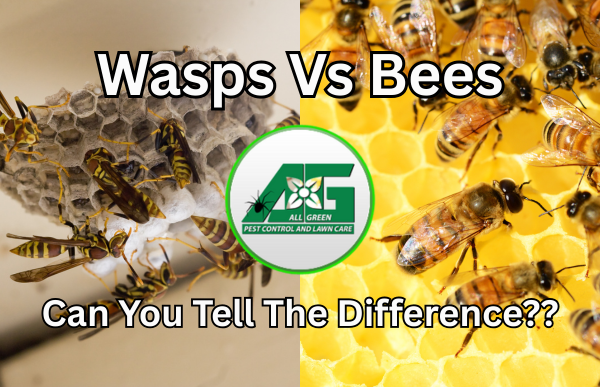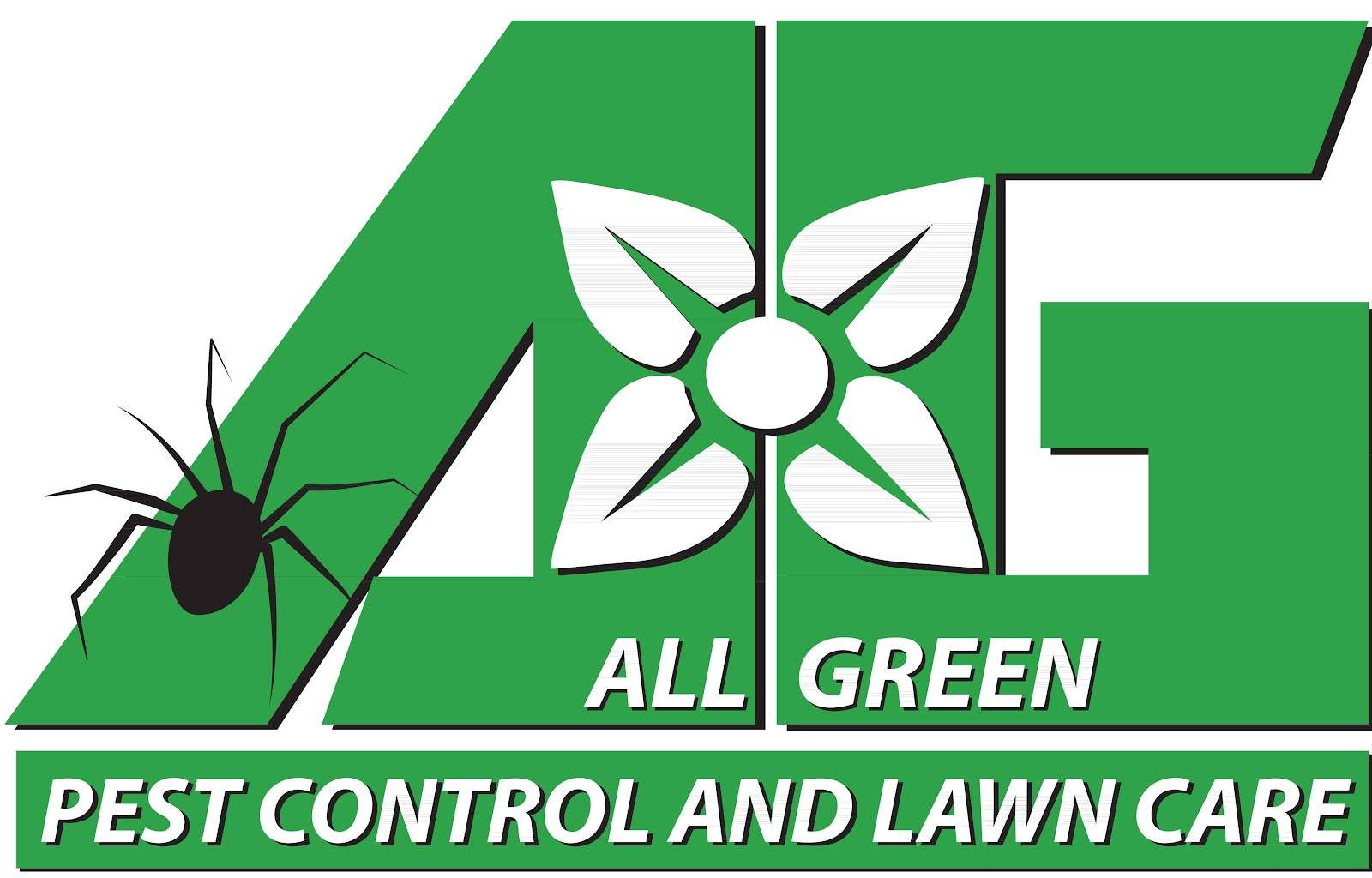
Wasps vs. Bees: Essential Differences & Pest Control Strategies
When buzzing insects appear around your home in St. George, Provo, or Murray, Utah, understanding whether you’re dealing with wasps or bees—and exactly which species—makes a significant difference for safe, effective pest control. This guide breaks it all down: from biology and identification to responsible removal practices that protect vital pollinators.
🐝 Biology & Physical Differences
Bees
- Typically fuzzy, round-bodied, with pollen-collecting hairs.
- Often golden-brown (honey bees), black and yellow (bumblebees), or metallic blue-green (some solitary species).
Wasps
- Sleek, smooth bodies with a slender “wasp waist.”
- Bright warning colors—yellow, black, red, or even metallic tones.
Reproduction, Social Structures & Life Cycle
- Honey Bees: Live in perennial colonies with a queen, workers, and drones. Hive-based with wax combs.
- Bumblebees: Smaller colonies, nests in burrows or cavities.
- Solitary Bees (e.g., Mason Bees): No colonies—each female builds her own nest.
- Social Wasps (Yellow Jackets, Paper Wasps): Annual colonies with a queen who hibernates over winter.
- Solitary Wasps (Mud Daubers, Cicada Killers): Independent nests in mud or soil; not aggressive toward humans.
Diet & Seasonality
- Bees: Vegetarian—nectar and pollen only. Peaks in spring to early fall.
- Wasps: Omnivorous—nectar plus other insects or human food scraps. Most abundant/aggressive in late summer to early fall.
Defense Strategies
- Honey Bees: Stinger is barbed—dies after one sting.
- Wasps: Smooth stinger—can sting multiple times, especially when their nest is threatened.
Identifying Wasps
- Yellow Jackets: Yellow-black bands, underground or wall nests—very aggressive.
-
Paper Wasps: Brownish with yellow markings, umbrella-shaped nests under eaves.
- Mud Daubers: Dark or metallic, build tubular mud nests—rarely sting.
- Cicada Killers: Large (1–2 in), black/yellow, ground burrows, solitary—non-aggressive.
Identifying Bees
- Honey Bees: Golden fuzzy, hive dwellers.
- Bumblebees: Large, fuzzy with black/yellow stripes, nest underground or in cavities.
- Carpenter Bees: Resemble bumblebees but with shiny, hairless abdomens—wood-burrowers.
- Mason Bees: Small metallic blue/green, solitary, nest in tube-like cavities.
Summary Table
| Feature | Bees | Wasps |
|---|---|---|
| Body | Fuzzy, robust | Sleek, narrow-waisted |
| Diet | Nectar + pollen (vegetarian) | Nectar + insects, food scraps |
| Social Structure | Hive/colony (social & solitary) | Social & solitary species |
| Sting | One-time (barbed) | Can sting multiple times |
| Seasonality | Spring–Fall (year-round in hives) | Late Summer–Fall peak |
| Nesting | Hives, underground, wood | Mud, paper, ground, wood |
Why This Matters for Pest Control
- Honey bees are essential pollinators—vital for gardens and agriculture.
- Misidentifying them as wasps can lead to harmful outcomes.
- Wasps, while beneficial as pest predators, can pose safety threats near homes.
Your local pest control experts—like All Green Pest Control & Lawn Care—apply integrated management (IPM) to safely remove problematic nests while preserving bees and other beneficial species (chamberofcommerce.com, myallgreen.com).
Natural Prevention & Removal
- Seal entry points in siding, eaves, deck crevices.
- Remove open food sources: covered trash bins, fruit on the ground.
- Use natural repellents: citronella, peppermint, clove essential oils.
- Set decoy nests to deter social wasps.
- Avoid DIY nest removal, especially during peak season or without protective gear—disturbed wasps can swarm.
When to Call for Professional Help
🛠️ Pest Control (All Green – Safe & Local)
- St. George:
54 S 200 E, St George, UT 84770 • (435) 288‑3115, Google Maps Location
(Servicing Washington County) - Provo:
2452 W Center St, Provo, UT 84601 • (801) 477‑1289, Google Maps Location
(Servicing Utah County, Midway, and Heber) - Midvale:
7026 Commerce Park Dr, Suiet 114, Midvale, UT 84047, Google Maps Location
(Servicing Salt Lake County, Davis County, Summit County)
All Green’s licensed technicians use eco-friendly solutions, full-service guarantees, and focus on exterior perimeter treatments to stop pests before they enter homes (myallgreen.com).
🍯 Beekeeper
- If honey bees are discovered, a beekeeper can safely relocate the hive.
- Always avoid pesticide use on honey bees to protect essential pollination services.
Related Resources
- Learn more about identifying bee/wasp types:
- For bee relocation support, check the Utah Beekeepers Association.
- To request service in your area:
- Contact All Green via their Contact Page (myallgreen.com).
Wasps vs Bees
Understanding bees and wasps—and recognizing their differences—is vital for safe, responsible pest practices in St. George, Provo, and Murray. Protecting pollinators while ensuring family and property safety requires accurate ID, natural prevention, and expert intervention when needed. When aggression or risk is present, All Green Pest Control & Lawn Care offers professional, environmentally-conscious solutions tailored for Utah families.
Ready for worry-free outdoor living? Reach out to your local All Green team today!
Be sure to learn how to identify other issues in you home and garden space; like turf insect damage, lawn diseases, and symtpoms of drought stress in your grass!
